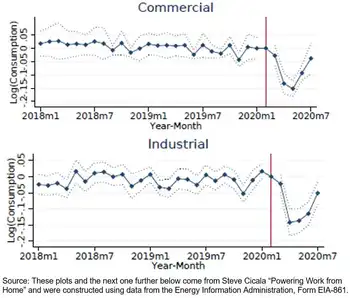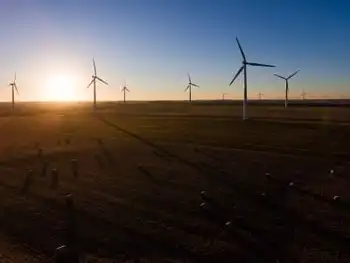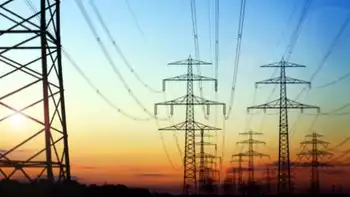Green power canÂ’t save cruise season
VANCOUVER, BRITISH COLUMBIA - The first cruise ship of the season has sailed into Vancouver and plugged into a new ecofriendly power supply, but port officials say fewer ships are calling at the port, despite the improvements.
When it arrived, Holland Americas MS Amsterdam was the first ship to connect to the ports new shorepower system, which is designed to reduce greenhouse gas emissions by 3,000 tonnes a year.
The $9million system will allow up to three cruise ships tied up at Canada Place to plug into the citys electrical power supply, according to Port Metro Vancouver president Robin Silvester.
There are only three such systems in the world, which allow cruise ships to connect to the local electrical grid and shut off their diesel engines, greatly reducing their impact on the regions environment, Silvester said in a statement.
The cost of the power is paid for by the cruise lines. Seattle and Juneau, Alaska, offer similar shorepower systems.
Despite the upgrade, the number of sailings out of the port is expected to drop about 30 per cent. This year, Vancouver port officials see a drop from 256 sailings last year to just 179 scheduled for 2010.
The port is most commonly used as a starting or ending point for cruises to Alaska, but has been losing business to Seattle in recent years, as companies seek to cut travel costs for U.S. customers.
Vancouver port officials remain optimistic the industry will bounce back, noting the Disney Cruise Line will start sailing out of the port next year, and the city will host 1,400 delegates at a major cruise industry trade show this June.
Port officials hope to use the event to show off the new Canada Line connection between the airport and the cruise ship terminal downtown, along with the new ecofriendly shorepower equipment.
Each cruise ship sailing in and out of Vancouver contributes about $2 million to the local economy, port officials say.
Related News

Nuclear alert investigation won't be long and drawn out, minister says
TORONTO - An investigation into a mistaken alert warning of an incident at the Pickering Nuclear Generating Station will be completed fairly quickly, Ontario's solicitor general said.
Sylvia Jones tapped the chief of Emergency Management Ontario to investigate how the alert warning of an unspecified problem at the facility was sent in error to cellphones, radios and TVs across the province at about 7:30 a.m. Sunday.
"It's very important for me, for the people of Ontario, to know exactly what happened on Sunday morning," said Jones. "Having said that, I do not anticipate this is going to be a long, drawn-out investigation.…




